El Kef an ancient Numidian city
By Zaher Kammoun
![]() To see some videos about the Kef, please click this link: The Kef
To see some videos about the Kef, please click this link: The Kef
Heir to ancient Sicca Veneria and to Mediaeval Shaqbanaria, the modern city of Kef is a synthesis of ancient North African and Mediterranean civilizations and constitutes a rich and vibrant cultural conservatory.
The city of Sicca, founded by the Libyans probably in Vth century BC, was inhabited very early on by a Sicilian colony established by Carthage. Annexed by Julius Caesar after 46 BC, the city of Sicca was raised to the rank of roman colony by Augustus. During the Vandal persecution of the Catholic Church, it became a place of deportation for more than 4000 Catholics. The Byzantines transformed the city into and important stronghold to counter the continuous revolts by Berber tribes.
At the and of the VIIth century, Sicca Veneria became Islamic. During the XVIth century, the city of Shaqbanaria changed its name to take on its present name of Kef.
The position of Kef was rehabilitated by the Ottomans when they took over the domains belonging to the tribes of the region and formed the western boarders of the Regency of Tunis.
The Kef was the first city to be occupied by French troupes in 1881, and in 1884 it became municipality.
Itinerary of the visit:
Temple of water
Vast imperial thermal complex, located at the foot of the Al Kasbah. The are three parts of the architectural complex to be visited: the baths, with a remarkable hexagonal room, a large apse and the remains of a Vth century Palaeochristian chapel. The cisterns, covered by groined vaults resting on 54 pillars, in a relatively good state of conservation; they contained more than 5000 m3 of water. The central Nymphaeum, where the legendary tunnel tug under the Al Kasbah rock and remains of the ancient reception rooms of the spring waters remain to be seen.
The basilica
IVth century monument, unique in its kind, although it belongs to the family of monuments known as “monuments with troughs” it has certain distinctive features. It has been very well restored to its original state, after having long served as the city’s great mosque. The monument is composed of two essential parts, and atrium and a large cruciform room of Greek layout, with four communicating rooms by means of a series of niches with troughs. The exact function of this monument remains a subject of controversy, could it be a “Horrea”? Or a monastery or a “Xenodochia” from Byzantine era?
The Dar el Kouss church
IVth century Palaeochristian basilica dedicated to Saint Peter, its Latin lay out is made up of a narthex at entrance, a large hall with the central aisle and to side aisles and a remarkable oriental style aps, in a very good state of conservation, flanked by two adjoining rooms.
Sidi Bou Makhlouf
A very fine mausoleum covered by an ensemble of original and harmonious ribbed cupolas and surmounted by an elegant octagonal minaret. The decoration inside is very rich with glazed ceramic tiles, finely carved stucco, ornamented wood constituting the main decoration. The foundation of this Zawia back to the beginning of the XVIIth century and it contains the tomb of Sidi Abdallah Bou Makhlouf from Fes and those of his descendants
Kasbah
This monument fortified complex is the successor of all the fortification work undertaken since the city’s formation. At present it is composed of two quite separate fortresses: the little fort built in 1601 lies on the western side of the rock and the large fort lying somewhat to the East, was built and extended in several stages in the mid XVIIth century, in 1736 and 1807. It includes a vast courtyard surrounded by large barrack rooms, a mosque, a sraya and rooms on the Eastern side. Between the two forts, one notices the cisterns at the entrance and on the left, and to the right the prisons.
Sidi Ali Ben Aissa (Regional museum of popular arts and traditions)
A large religious and social complex built in 1784 to serve as the headquarters of the important confraternity of the Rahmanians, it has now converted into the Regional museum of popular arts and traditions. Today you can see a collection of traditional jewellery, costumes, Bedouin rural life…
Source:
- AMVPPC

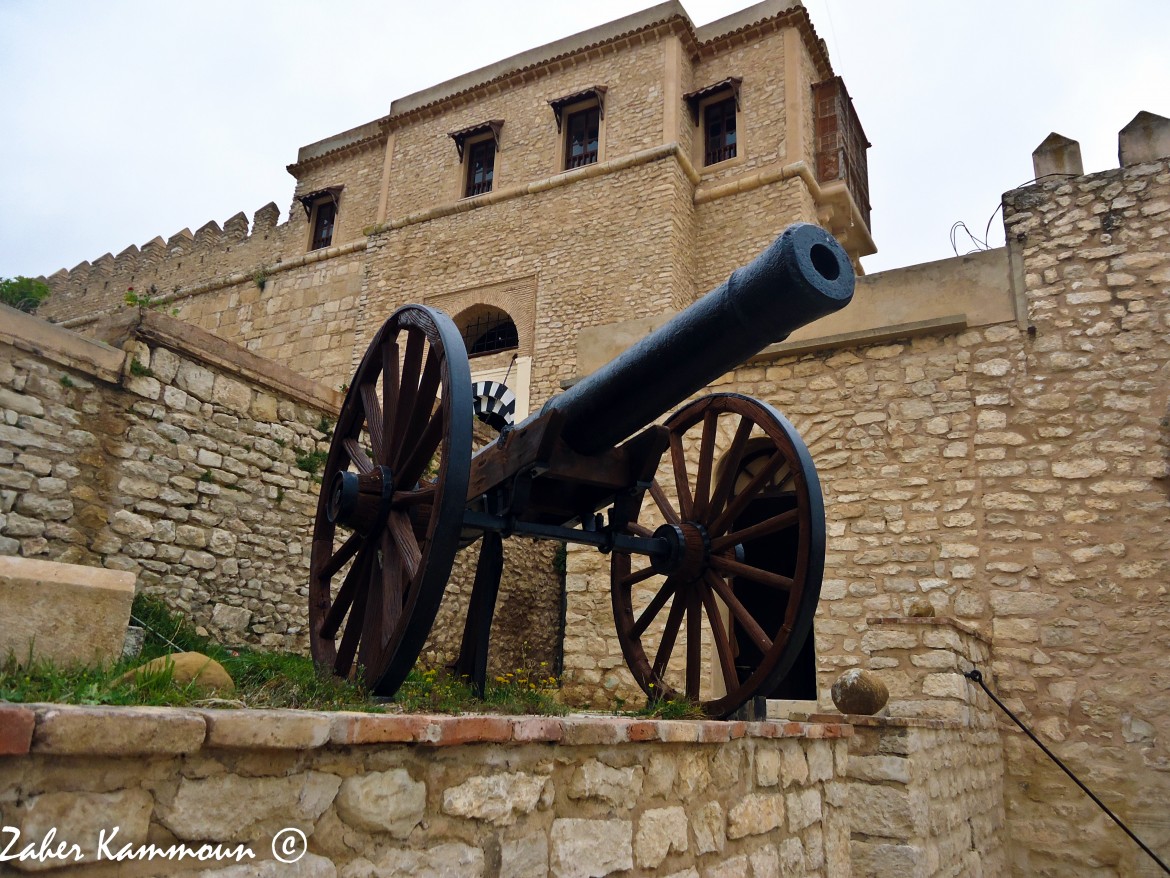
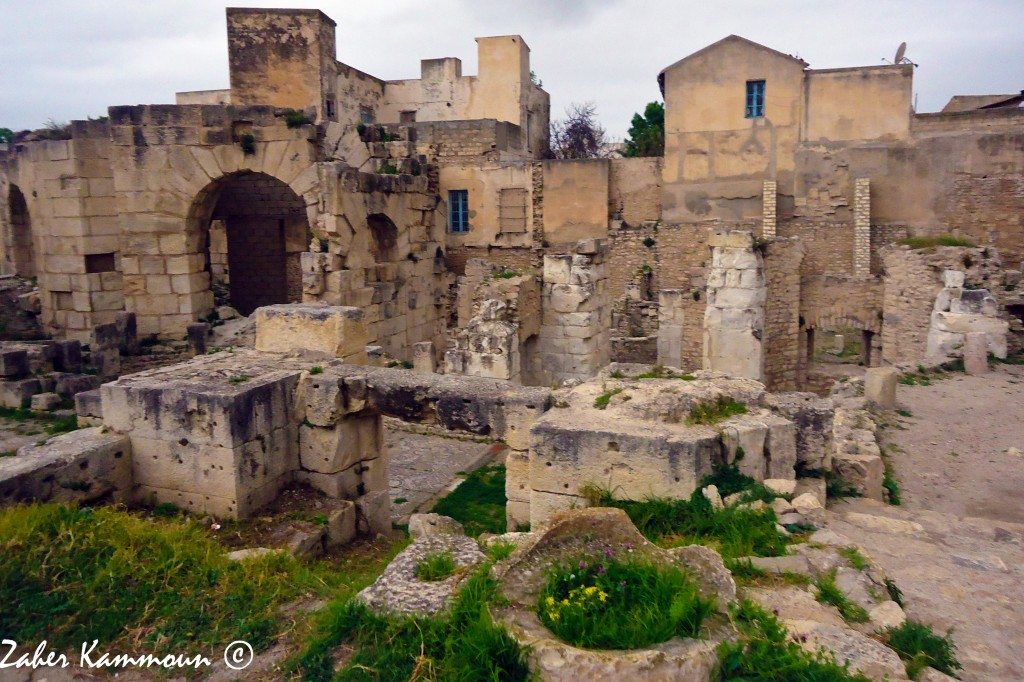
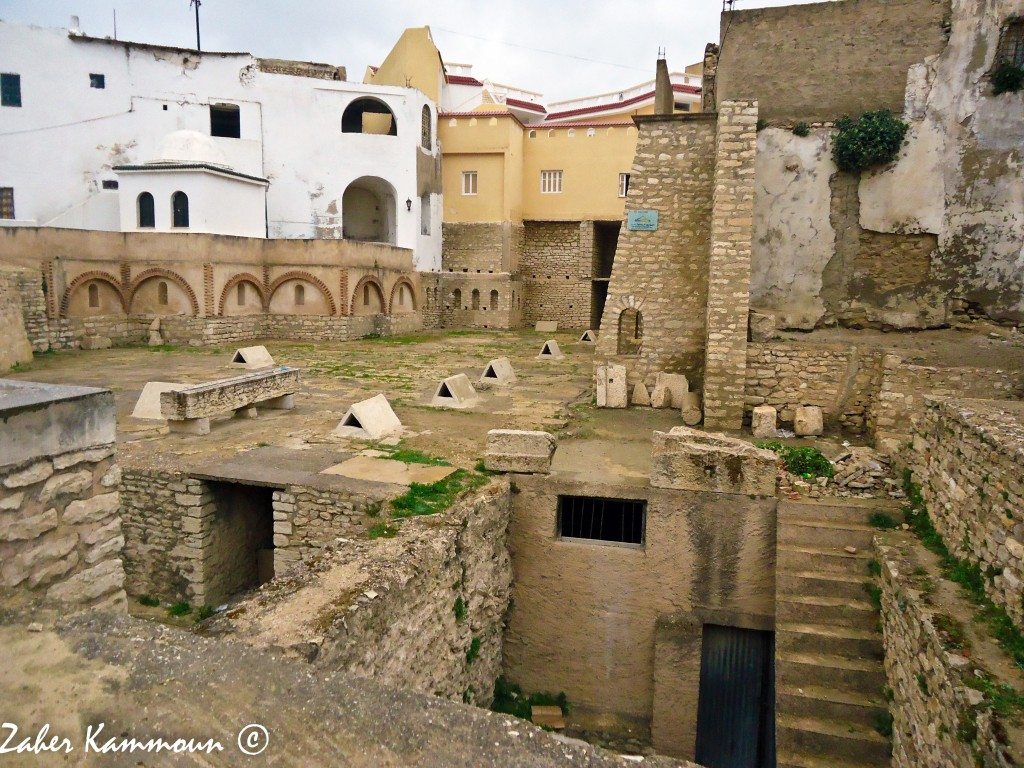
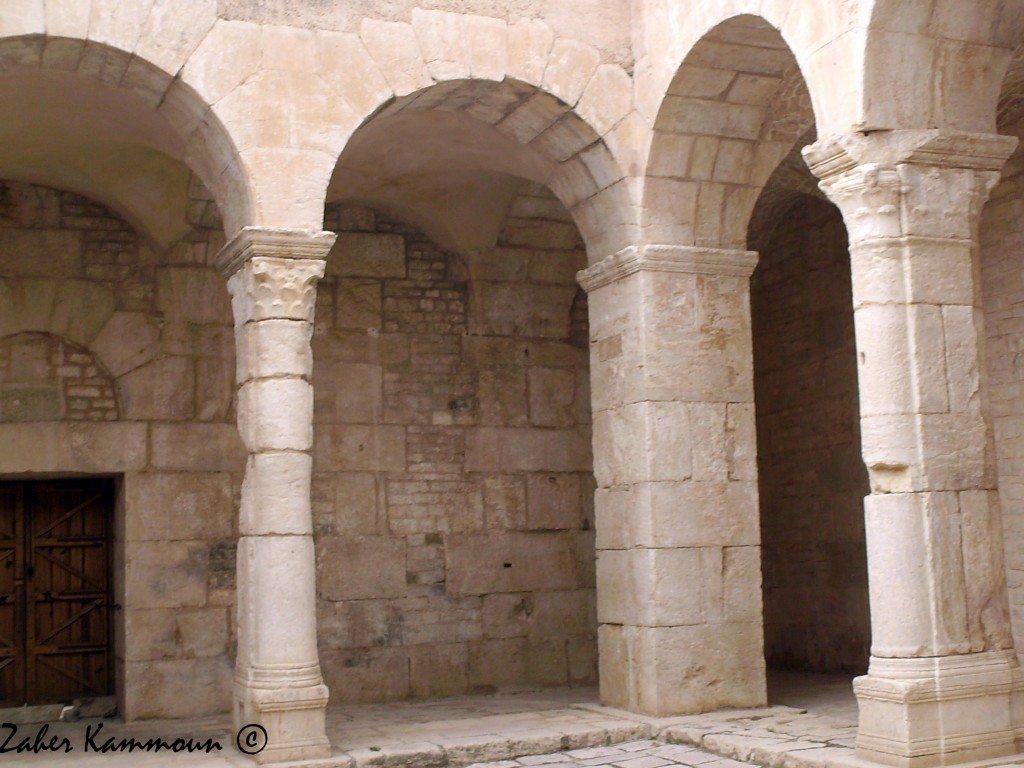
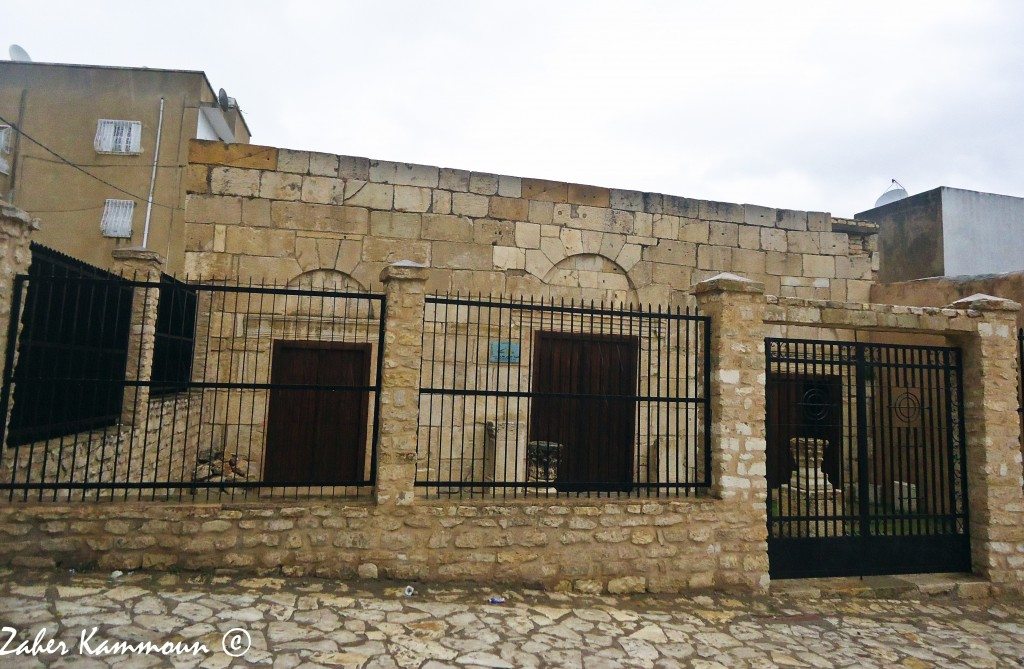
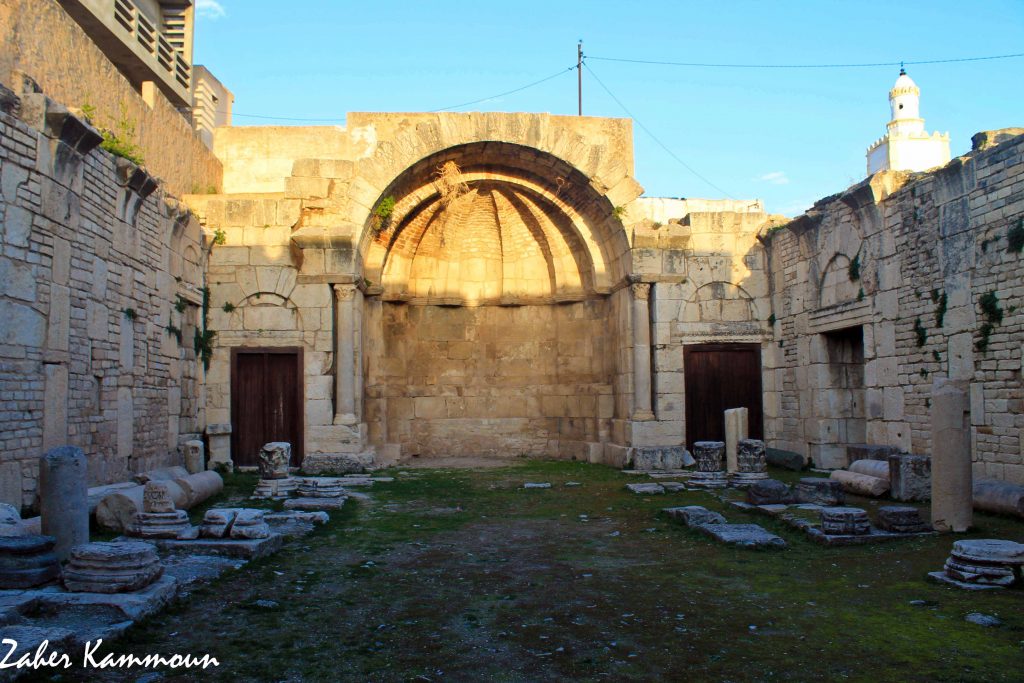
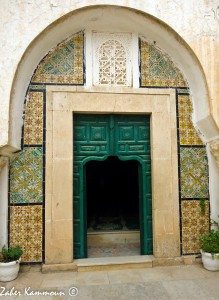
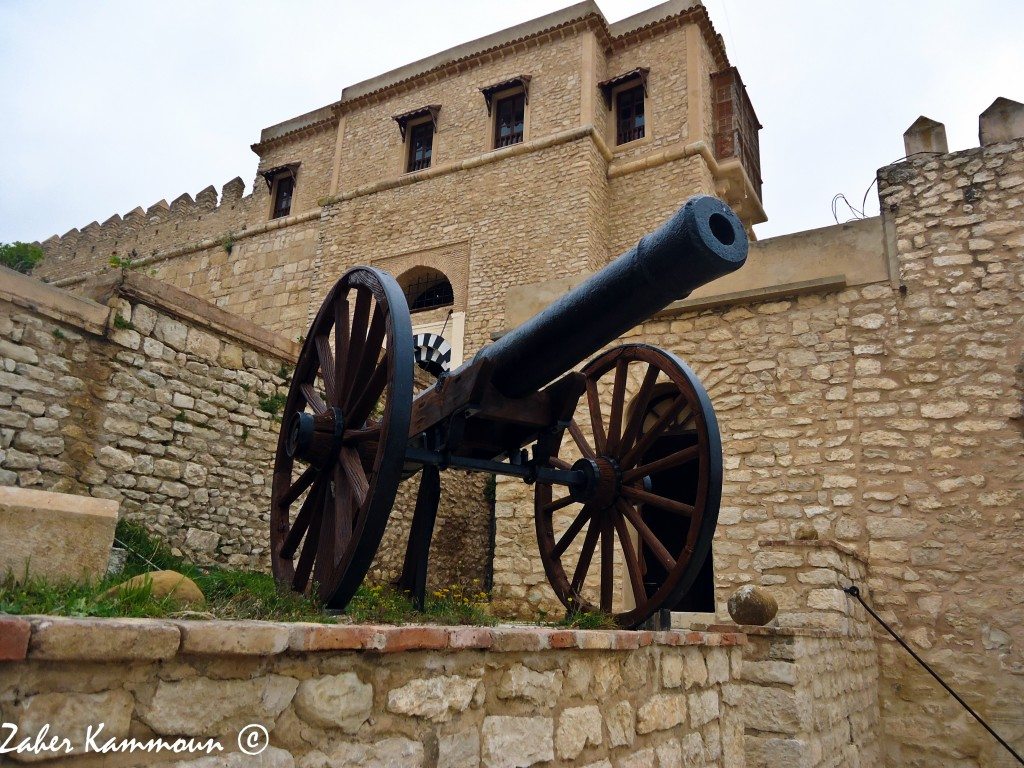
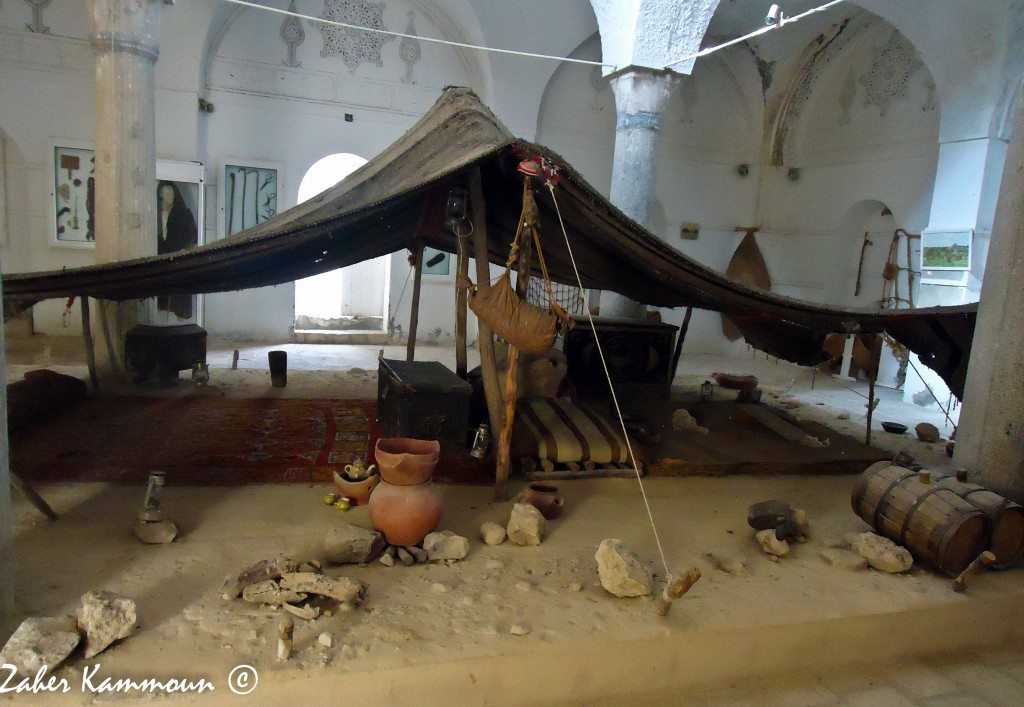
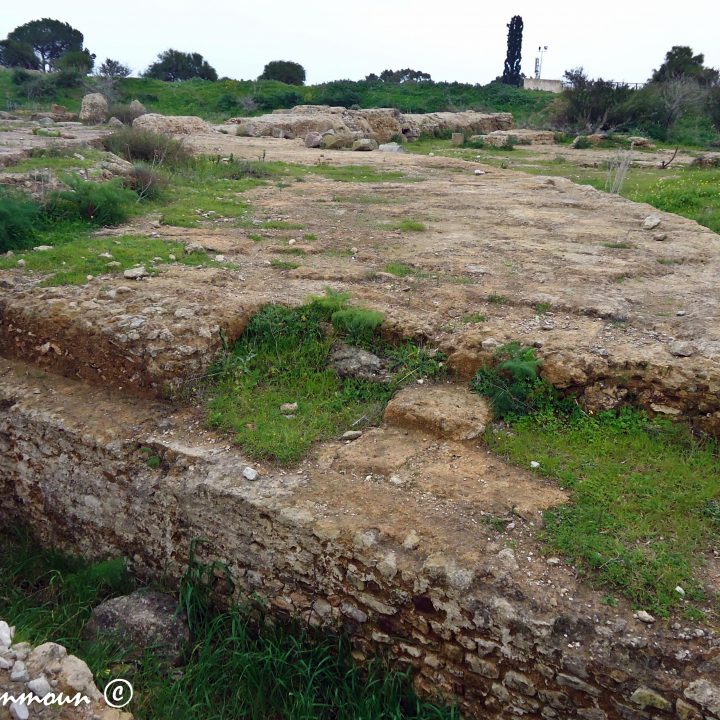

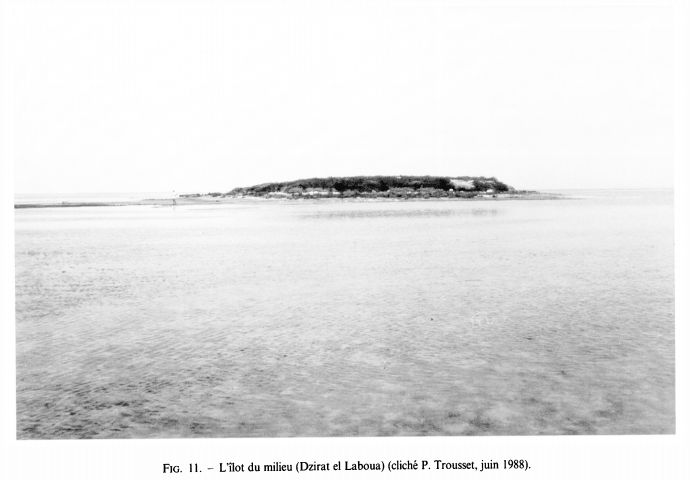
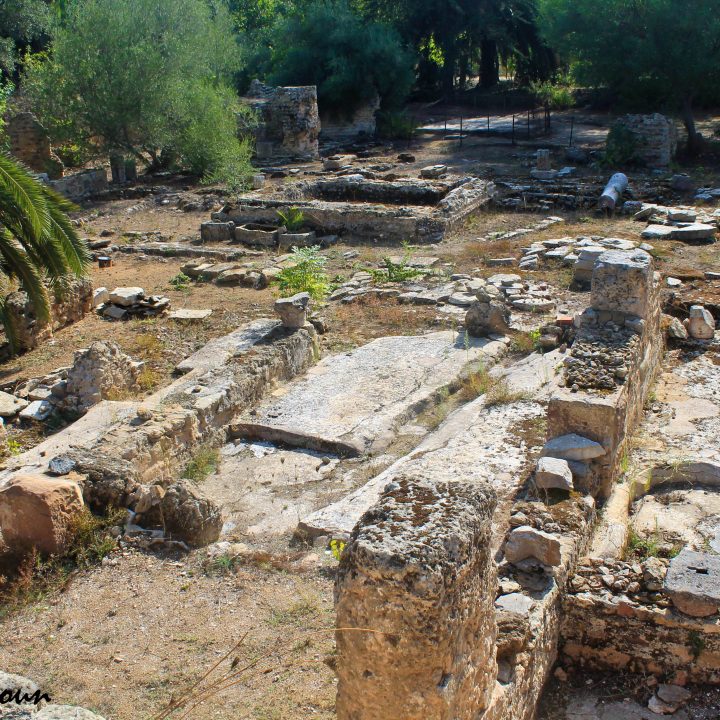
1 Comment